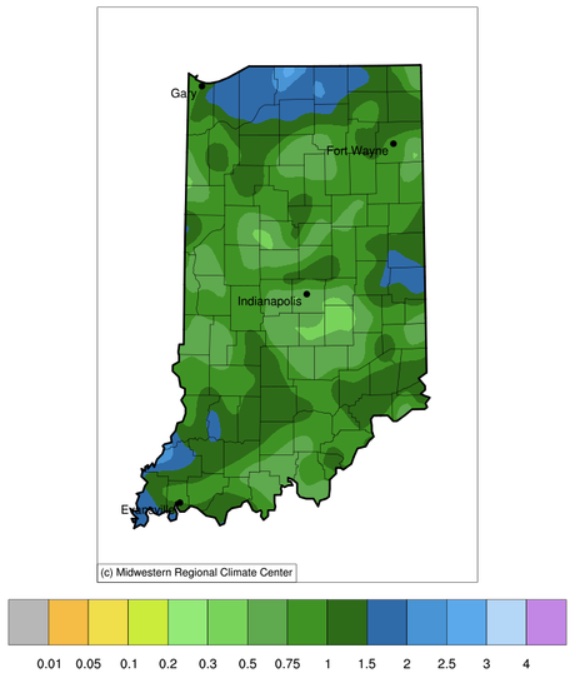
From September 19th through 25th, Indiana was fortunate to receive between a quarter inch to almost three inches of precipitation (Figure 1).

From September 19th through 25th, Indiana was fortunate to receive between a quarter inch to almost three inches of precipitation (Figure 1).
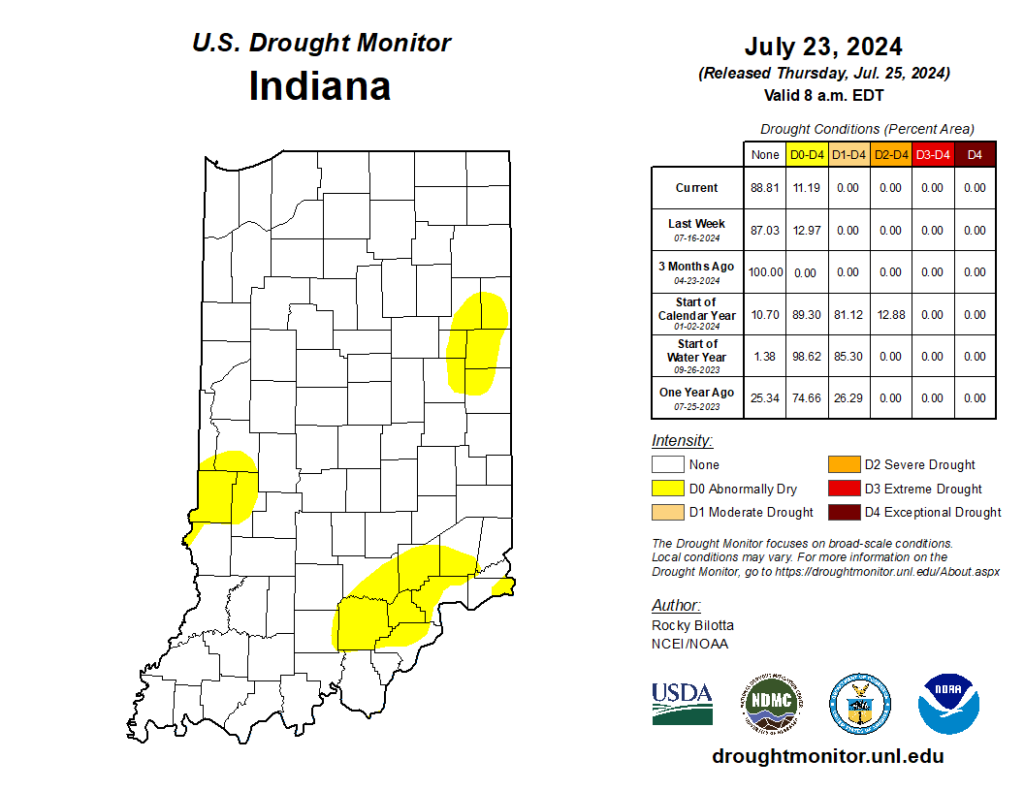
Several weeks ago, Indiana received enough rain to eliminate drought across the state, leaving behind just a few counties in Abnormally Dry (D0) status. Fortunately, this week has been relatively quiet, allowing many areas to alleviate flooding issues. The U.S. Drought Monitor kept those Abnormally Dry areas nearly the same this week (Figure 1), so how might things change? Will this recent dry period re-introduce Moderate Drought (D1) and/or expand those Abnormally Dry areas? Or will more rain keep Indiana in a more normal situation where precipitation passes through every few days, separated by typical Midwest hot and humid conditions? First, it is important to review what has been happening across our state. Over the past two weeks, Figure 2 shows that most of Indiana has receive above-normal precipitation except for southeastern and southern Indiana. However, even those locations are within one inch of normal amounts (based on the 1991-2020[Read More…]

The remnants of Hurricane Beryl brought much-needed rain to the state, although some areas experienced excessive totals.
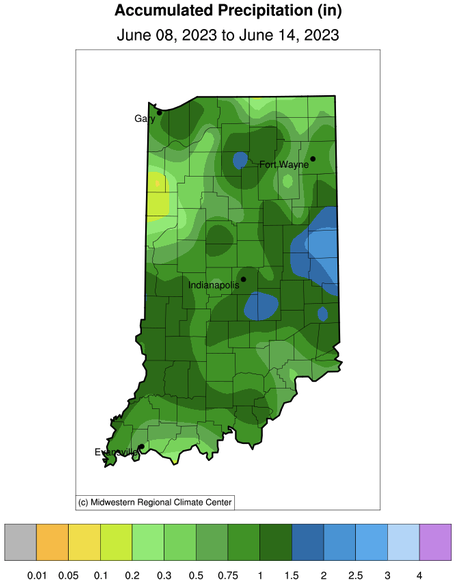
After several weeks of little-to-no rain, Indiana welcomed some much-needed precipitation over the last several days. While amounts ranged from 1-to-3 inches (except for a few counties in west-northwest Indiana (see Figure 1)), the state is still several inches from recovering from the deficit and relieving most impacts. The U.S. Drought Monitor this week (based upon data through the morning of Tuesday, June 13th) now has all of Indiana in some category of abnormal dryness or drought (Figure 2). The driest location is northwestern Indiana where severe drought (D2) is impacting several counties. Most of northern and some central Indiana counties are in moderate drought (D1) with southern Indiana Abnormally Dry (D0). After the additional precipitation that fell on June 13th along with what is forecasted (Figure 3) through next Thursday, Jun 22nd, there is a strong probability that drought will not worsen for much of the southern half of[Read More…]
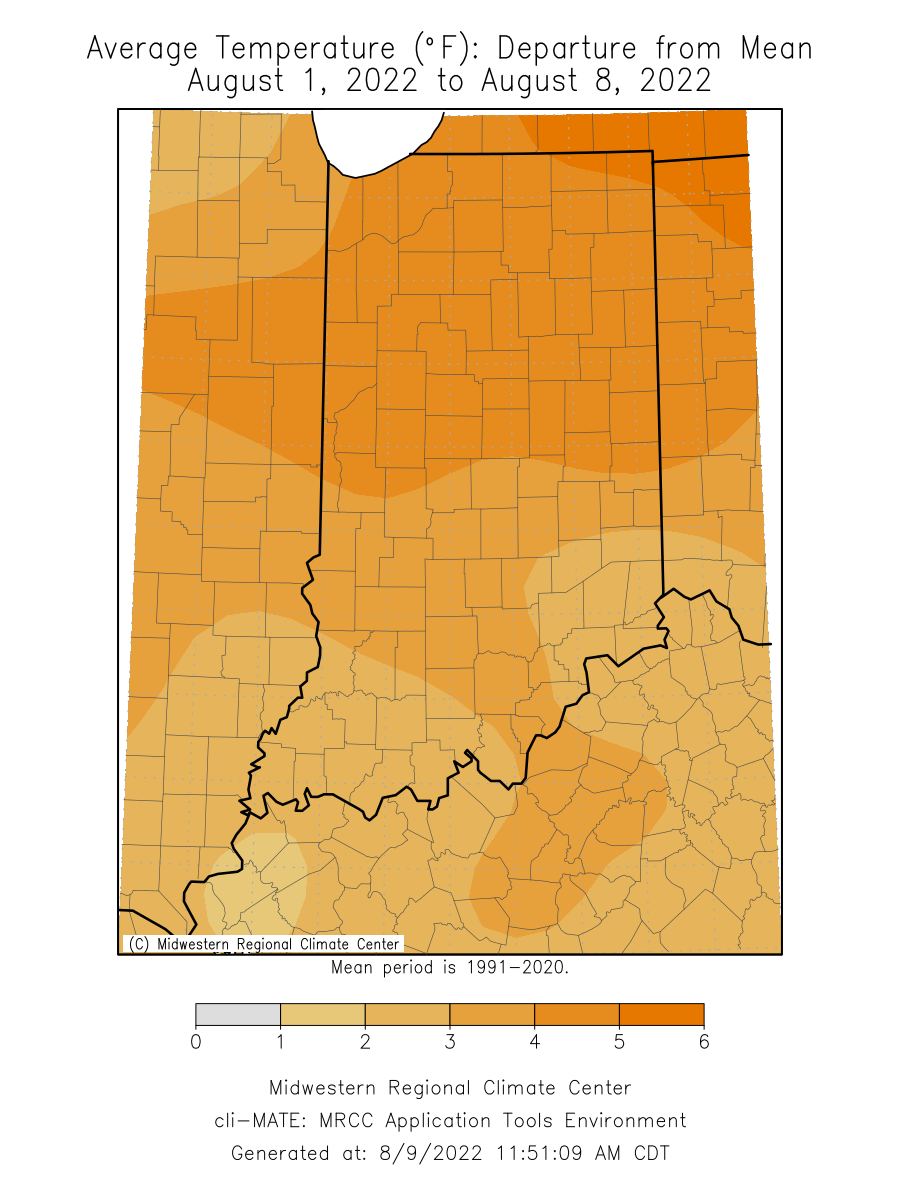
July temperatures averaged 1◦F above normal but had a couple of periods of extreme heat.
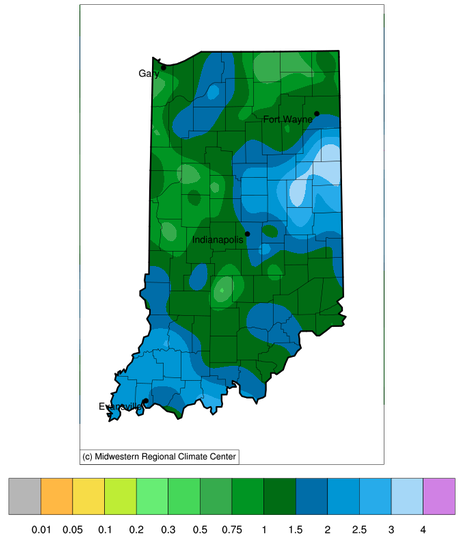
This past weekend brought some much-needed rain to the Hoosier state.
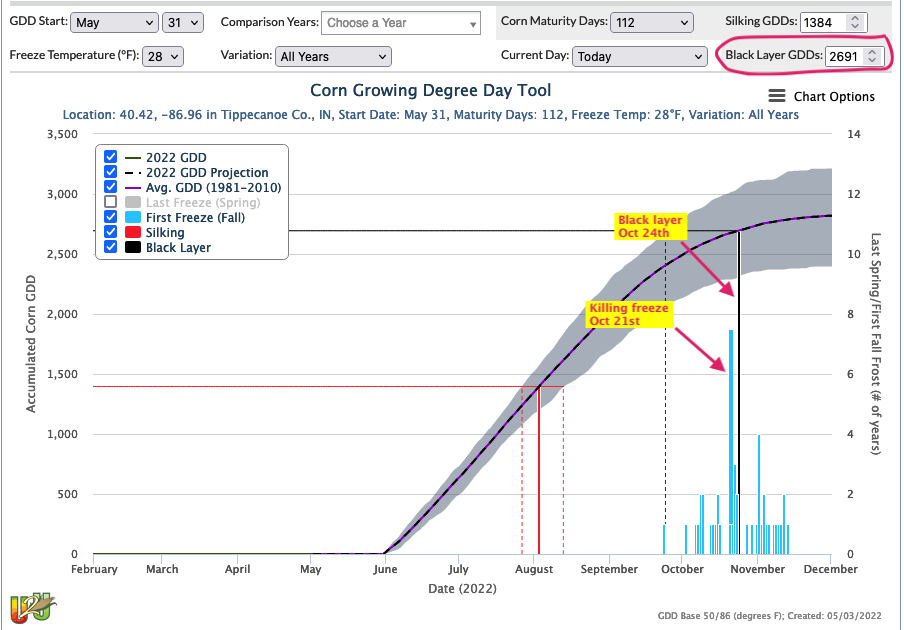
Delayed planting seasons create a lot of frustrations for everyone involved with planting crops.
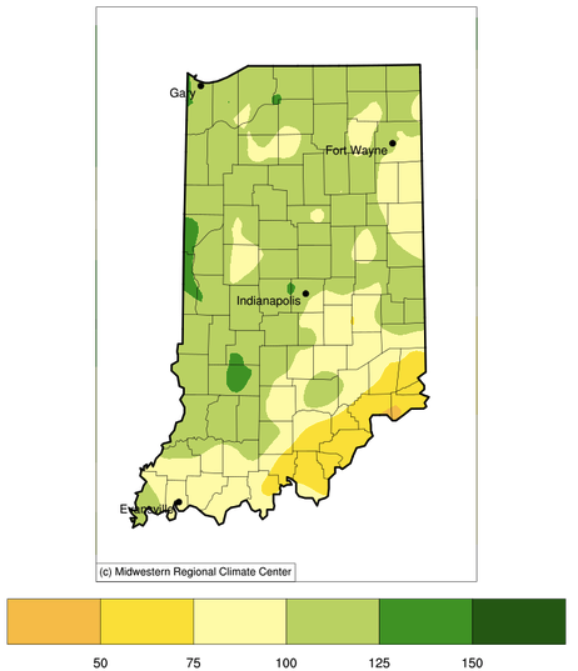
Indiana adds one more week to its months-long streak of having no drought across the state. In fact, from March 1st through April 14th (45 days), 35 of those days (78%) had precipitation in South Bend (31 days), Indianapolis (26 days), and/or Evansville (25 days).
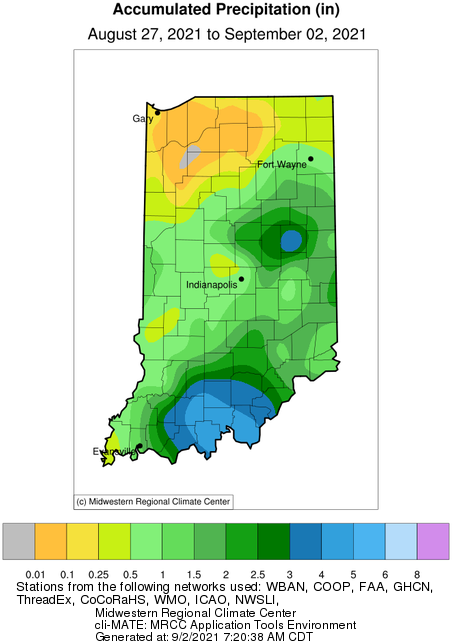
While Hurricane Ida and her remnants have wreaked havoc down south and in the mid-Atlantic states, she was relatively kind and generous when it came to Indiana. Some southern counties received between 4 and 5 inches from Ida (Figure 1).
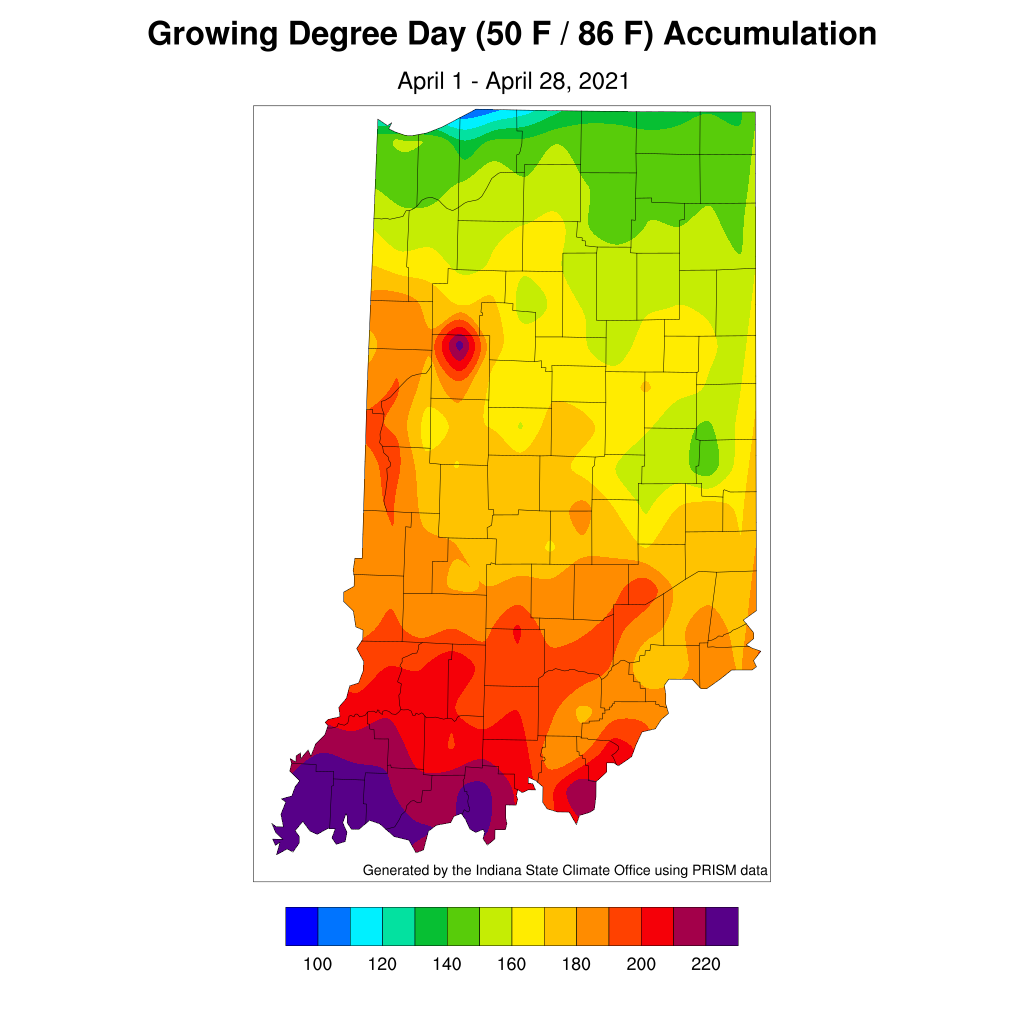
Last week, the topic around Indiana was the snow event in April. This week started off with above normal temperatures followed by significant rainfall.
© 2025 Purdue University | An equal access/equal opportunity university | Copyright Complaints | Maintained by Pest&Crop newsletter
If you have trouble accessing this page because of a disability, please contact Pest&Crop newsletter at luck@purdue.edu.